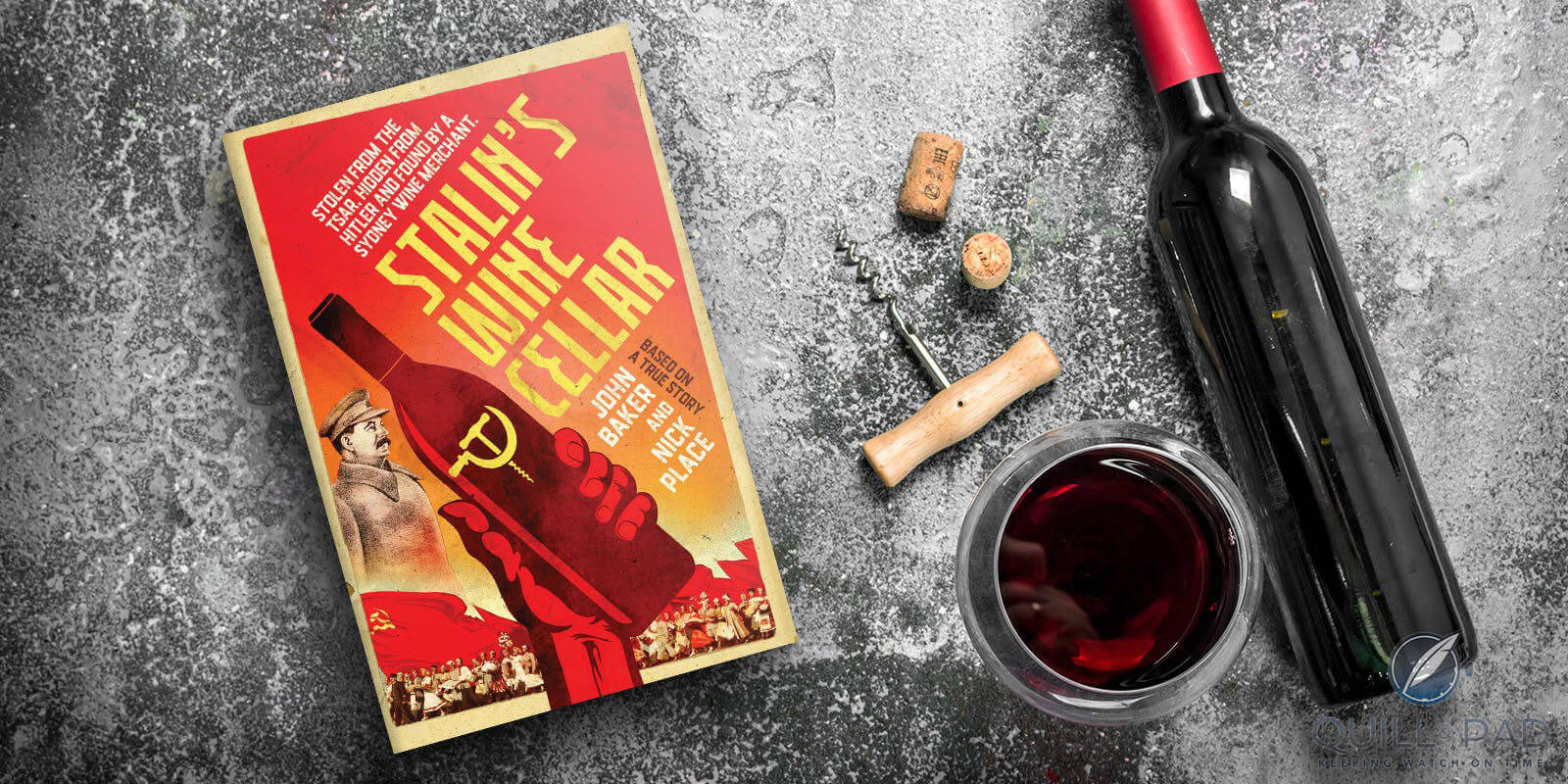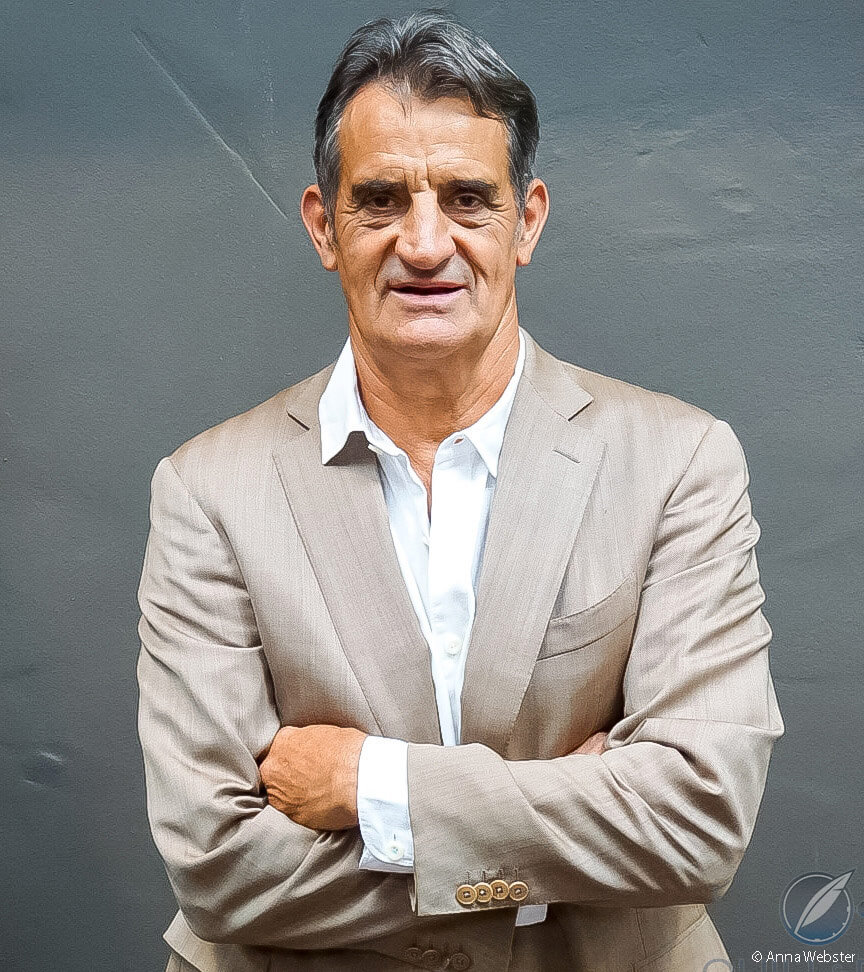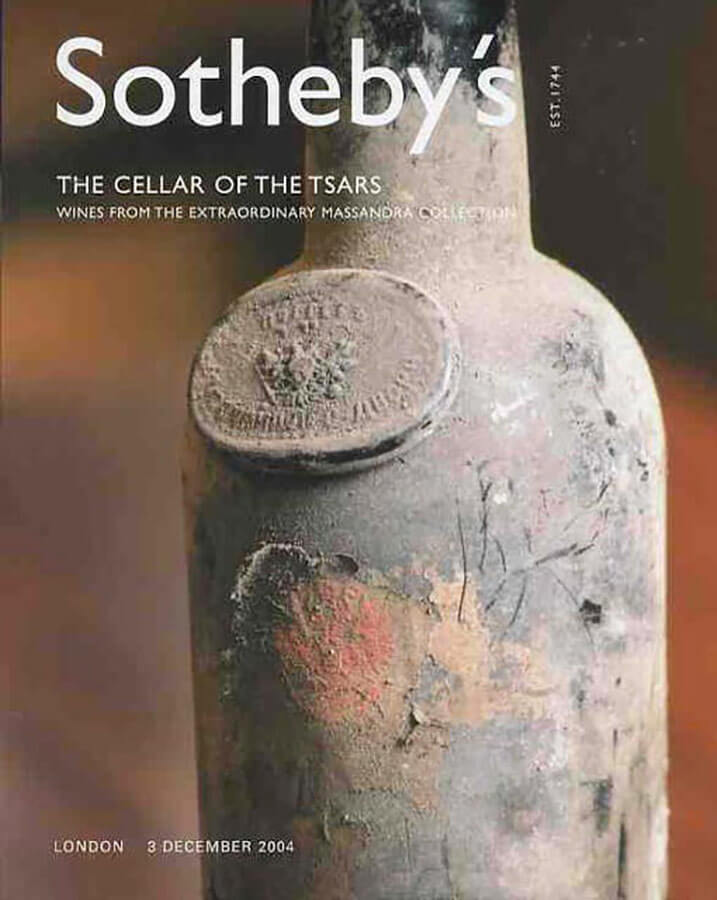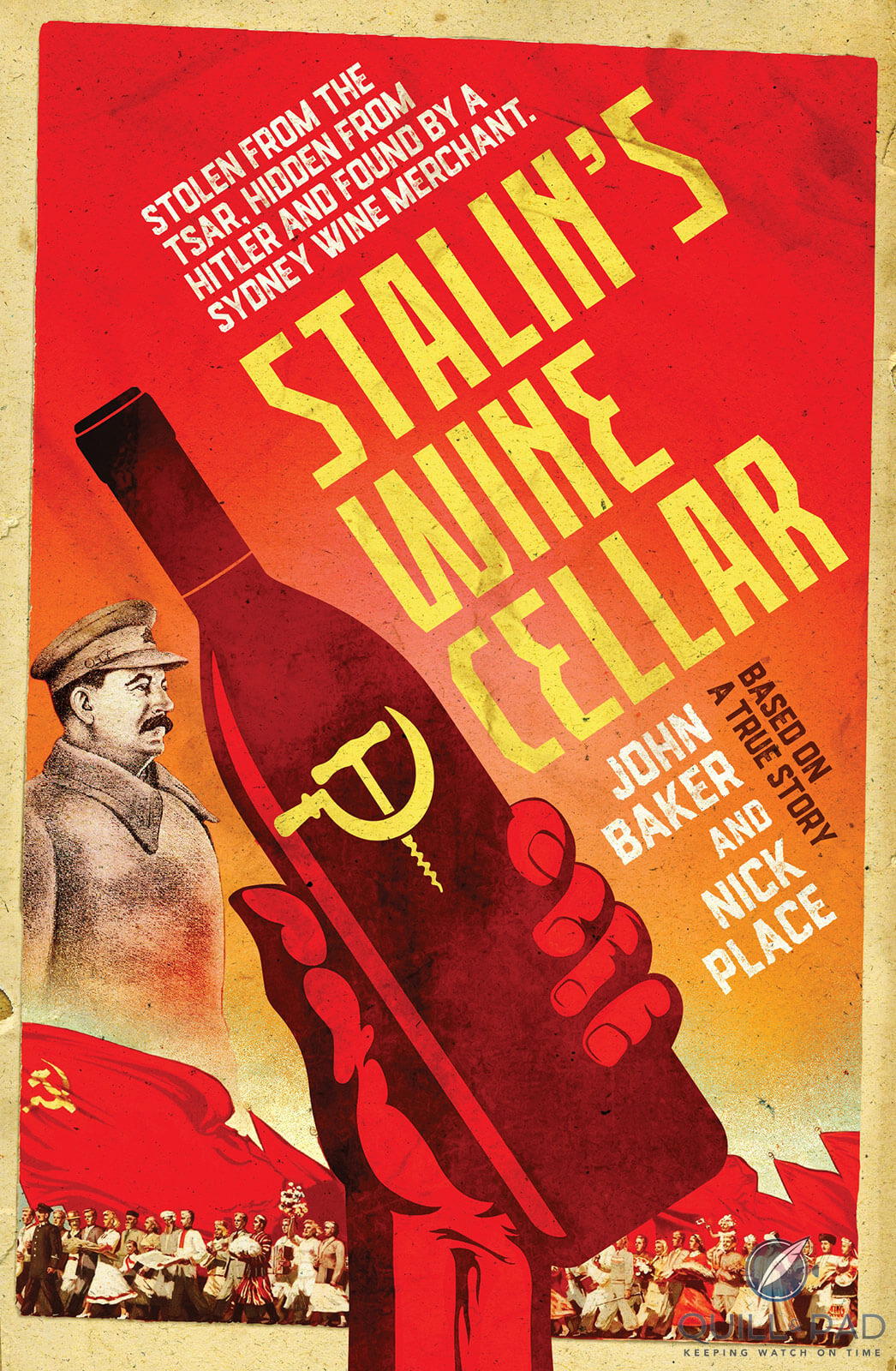by Ken Gargett
May I start this rather different piece by saying that I have been to Georgia (the country, not the U.S. state), but no one ever offered me a glass of 1847 Yquem (well, it would be more accurate to say I have been near Georgia as it once was, and later became, but I still didn’t get any Yquem).

‘Stalin’s Wine Cellar’ by John Baker
John Baker’s tale, Stalin’s Wine Cellar, is one of the most extraordinary, improbable, and fascinating stories about wine that I have ever read. It sits rather neatly alongside Benjamin Wallace’s The Billionaire’s Vinegar, the story of the most famous wine fakes, the Thomas Jefferson wines.
But whether this is a journey about chasing more fakes, or if these bottles hidden away in the former Soviet Union are genuine, makes for a rollicking saga. And if the bottle are genuine, who really did own them and what on earth might they be worth?
No spoilers here (well, hopefully not many). You need to read the book. You really do. It is a must if you have the slightest interest in wine or Soviet history. It is also a must if you enjoy a good thriller because, as someone who reads a lot of thrillers, very few will have you on the edge of your seat like this book. I’ll confess to pretty much reading it in a single session (though the family made me stop to cook them dinner) until the very wee hours.

John Baker, author of ‘Stalin’s Wine Cellar’ (photo courtesy Anna Webster)
John Baker has a long history in fine wine retailing, among other businesses, and with partner Kevin Hopko often bought and sold amazing old cellars. We are introduced to the pair when they have hold of a cellar with a few bottles of the mythical Lady Grange.
While it is clear that the pair deals with plenty of shady characters, they do try and stay above the fray. But when they get a weird, undecipherable list from an acquaintance, interest is piqued.
This is 1998, and Sydney is already in pre-Olympics mode. It leads to a meeting with a decidedly dodgy (at least that is the impression one gains) local mining entrepreneur who has his fingers in various pies, including gold mining in post-Soviet Georgia.
Next thing, we have John and Kevin’s “excellent adventure to the new wild west”: Tbilisi, Georgia.
I had the chance to visit the former Soviet Union back in the 1980s – I won’t forget the dates as we were in the Ukraine, not far from Chernobyl, the week before it blew.
Fortunate timing, although we had never heard of the place and didn’t until we were back in London. Among the things I remember from the time, other than a really unfortunate run-in with the KGB that was so embarrassing it is not going into print, was that the only wine we ever saw in Russia was a very sweet, and rather horrid, sparkling wine from Georgia (but a lot of very good vodka and literally buckets of sensational caviar).

Sotheby’s auctioned wines from the Cassandra Collection in 2004
Who knew that there were gems in those hills? I reported on the amazing cellars at Massandra some time ago. Back then, almost no one had any idea of the treasure there. And even fewer knew anything about the cellar that John and Kevin traveled around the world to investigate.
To digress, and this is simply pure speculation on my part, I believe that a good chunk of this incredible cellar came from Massandra in the early 1940s when Joseph Stalin had many of the great wines held there transferred to various locations throughout the Soviet Union to prevent looting by the Nazis.
As Stalin was from this region of Georgia, and given the wines involved, it just dovetails for me. But I suspect we’ll never know for sure. It does strike me that this would have been a more convenient way to get some of these wines than for Stalin to be buying them from wineries or foreign merchants – not a good look for the leader of Communism to be seen buying the great wines of the world while fighting the decadence of the West.
Eventually, our heroes worked out that the list was written phonetically and detailed a collection of wine that was simply breathtaking. Could it be true? Not only that but it later emerges (although the title of the book is a bit of a spoiler for this) that the man behind much of it was Stalin himself. And before him, the tsars. If it seems unbelievable and the beginnings of an all-time wild goose chase, that is more than understandable.
Could there really be a hidden cellar of 40,000 to 60,000 bottles, many well over a century in age, in a rusty, old, decrepit, disused winery in the back blocks of the old Soviet Union? A cellar with hundreds of bottles of Yquem going back as far as the legendary 1847? First Growths from the great vintages of the nineteenth century?
Given Stalin’s reputed sweet tooth, perhaps that was why he adored the wine and why there was allegedly so much of it (again, my speculation)?
If true, the guys desperately wanted to buy the cellar for resale/auction, but we are talking a collection that was potentially worth millions.

‘Stalin’s Wine Cellar’ by John Baker
Stalin is hardly the first person one thinks of when it comes to a wine lover. But he did save a great many amazing bottles, both domestic and purchased from foreign markets, when he ordered the cellar at Massandra moved and hidden from the Nazis.
Stalin was also responsible for developing the Russian champagne industry, though other than some fizz in the resulting concoction, the results have precious little in common with that great wine.
Georgia, Stalin’s homeland, was home to the oldest winemaking culture in the world and he was obviously proud of that, as indeed all Georgians seem to be. Making champagne available to all, even if cheap and horribly sweet, was a sign that Communism was working.
The Soviet people (well a few of them anyway) could live the good life just as well as those in the West. Historians have noted that the regime attempted to democratize luxury items like champagne, caviar, and chocolate, making them readily available to the people to convince those inside and out of the Soviet Union that the Communist system was the success they claimed. But champagne plays no role in this story.
I won’t go into the details of the chase to locate and purchase these wines – I will leave those for readers – but the book is a rollercoaster. The initial visit to Tbilisi, the array of characters from the sinister to the fun-loving to the absurd (the female unionist with control of the cellar keys simply could not be invented), racing through the streets of Tbilisi with heavily armed winemakers, dropped bottles of extraordinary wine (a little too many dropped bottles for my liking), bodyguards, death threats, possible Chechen hitmen visiting Sydney, attempts to ascertain if this is one giant con, double con, or the find of a lifetime, and if the latter then how on earth do they get the wines out.
We travel back and forth from Sydney to London, Paris, Bordeaux, and so on. We meet some of the most famous names in the international wine world, men like Pierre Lurton from Château d’Yquem, as the guys attempt to verify if these are real or an elaborate scheme of fakes. And all the while the cast of shady characters at both ends of the deal continues to grow.
It is worth going on this journey with John and Kevin. The book is written with warmth and humor. The characters come alive on the page. Descriptions of Tbilisi suggest that John could well have a future as a travel writer if he wished (the book is co-written by journalist Nick Place, so his contribution should not be underestimated). The place leaps at the reader as they move from seedy hotels to the winery to an array of restaurants and fabulous sulfur baths.
The tale takes twist after twist. This was never going to be easy but Agatha Christie herself could not have come up with some of the red herrings that the guys face. At one stage, John describes this as “Raiders of the Lost Ark for wine lovers.”
Aside from melting Nazis, he is not too far wrong. I’ll leave the conclusion to readers, but I’m sure it will leave you with a gentle smile.
I have not enjoyed a book as much as this for a long while.
For more information and/or to buy, please visit Stalin’s Wine Cellars by John Baker and Nick Place and amazon.com/Stalins-Wine-Cellar-John-Baker-ebook.
You may also enjoy:
The Massandra Collection Crimean Wine That Screams Place And History. And What A Story It Tells!
Château d’Yquem: Paired Years Elevate The World’s Best White Wine For A Simply Magical Experience
Glorious Burgundy Is Experiencing An Unprecedented Golden Age Of Fantastic Wine Vintages





















































Leave a Reply
Want to join the discussion?Feel free to contribute!